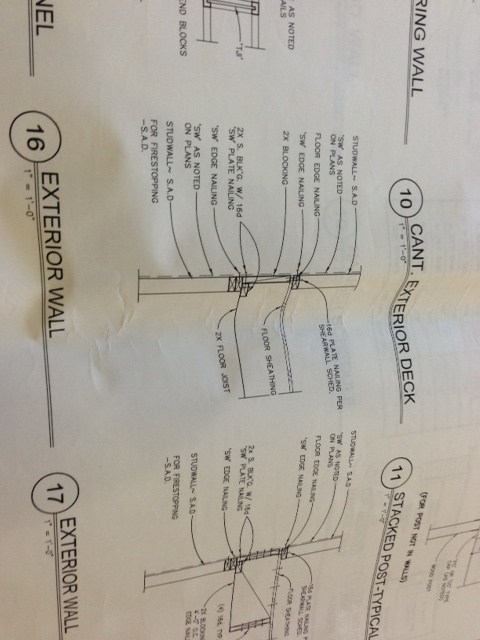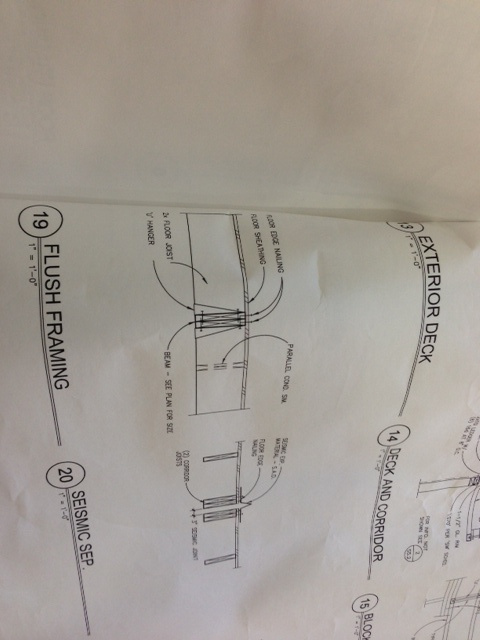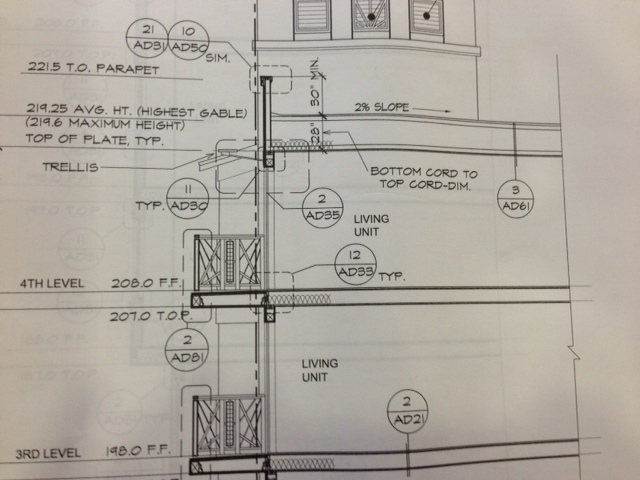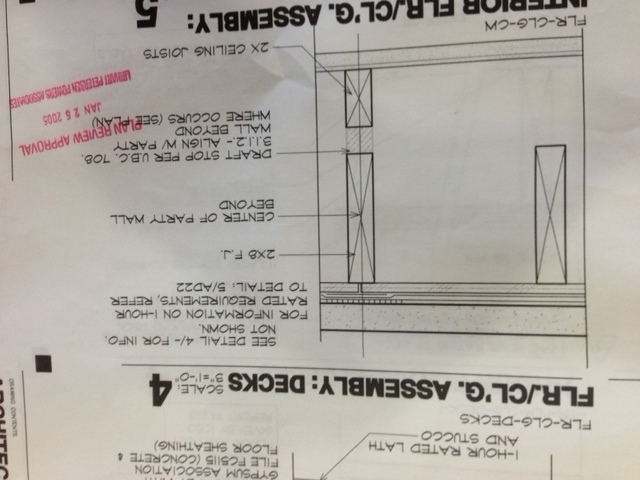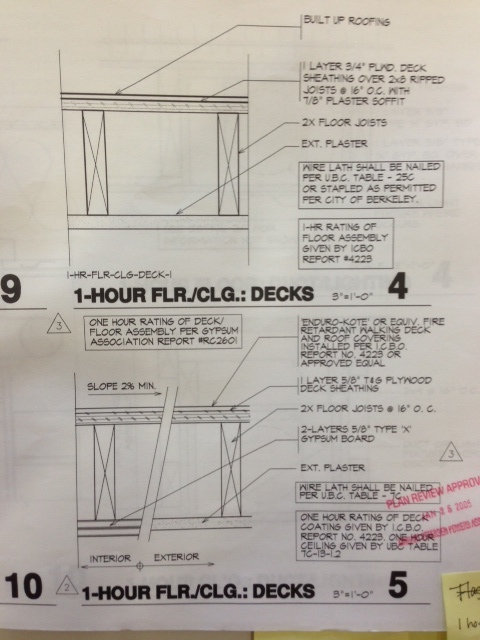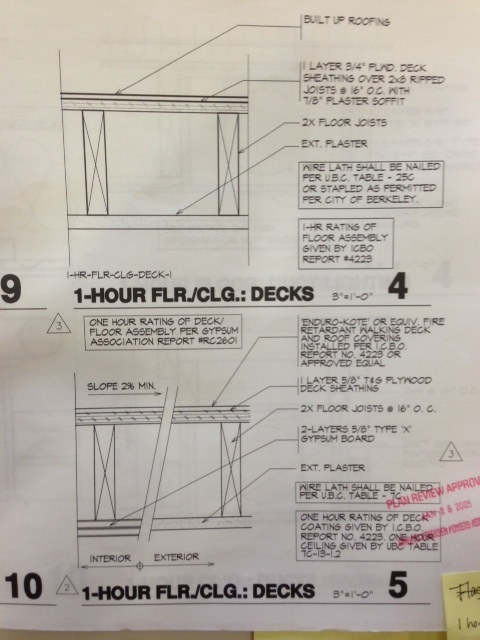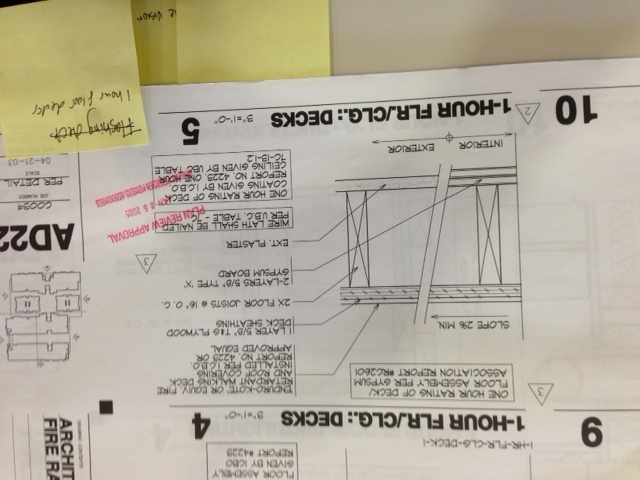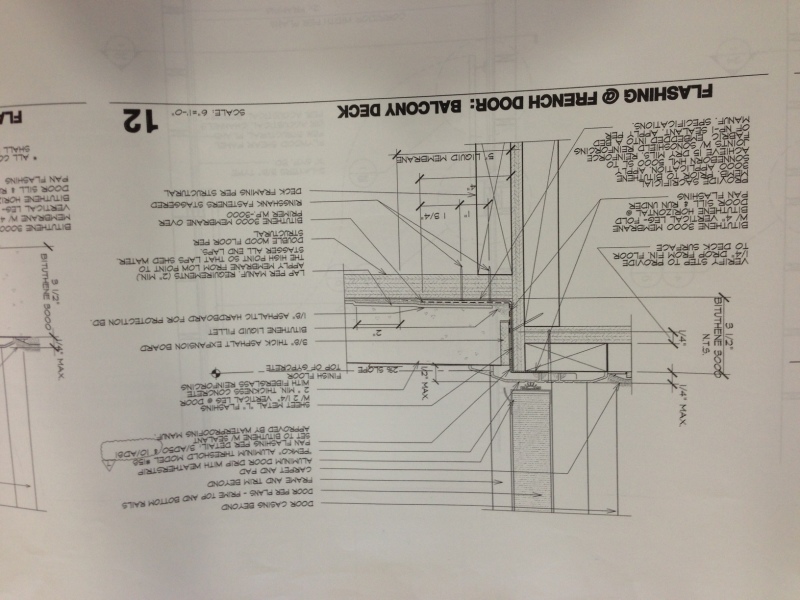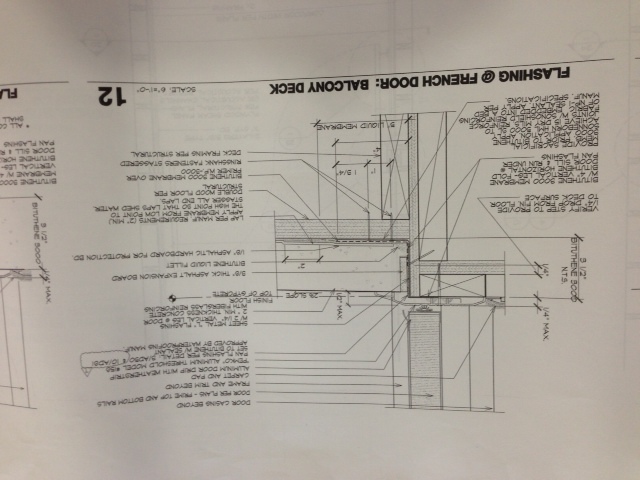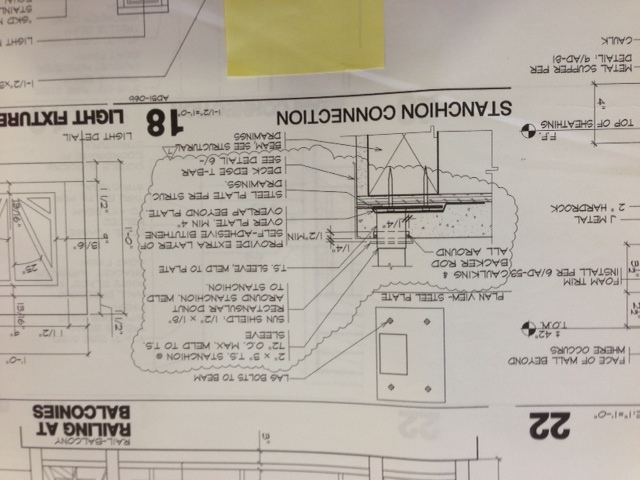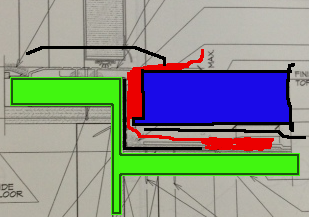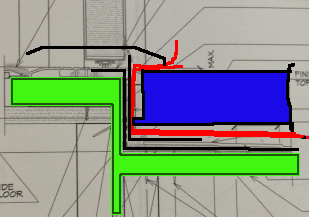A few thoughts:
If the balcony was indeed 4ftx6ft as stated somewhere above and the code in force at the time of construction required 60psf design live load, then the balcony was in fact overloaded at the time of the failure if there were 13 people on it as reported in some of the articles linked above, since 4x6x60/13 = 110lbs per person and people weigh more than 110 lbs.
It is interesting to note that the 2012 IBC, currently in effect in many locations, has reduced the balcony live load to "same as occupancy served", which for multifamily buildings like this one, is 40psf for private rooms. The 2006 IBC required 100 psf for balconies serving private rooms of multifamily buildings like this one and allowed the use of 60psf for balconies serving 1 and 2 family dwellings if the balcony was less than 100sf. This reduction from 100psf to 40 psf was quite significant and unconservative in my opinion, and I will not be surprised to see it revert back to 100psf in future editions of IBC. Does anyone know what is required by 2015 IBC on this?
Nevertheless, from the photo posted above, it seems rather obvious that the cantilevered joists were pretty deteriorated from rot caused by water infiltrating into the building envelope and that rot was a significant contributing factor to the collapse of the balcony.
Several of the comments calling for requiring regular inspections seem well intentioned and sound good politically, but a meaningful inspection of this type of construction would be impossible since the framing is all concealed within the building envelope.
